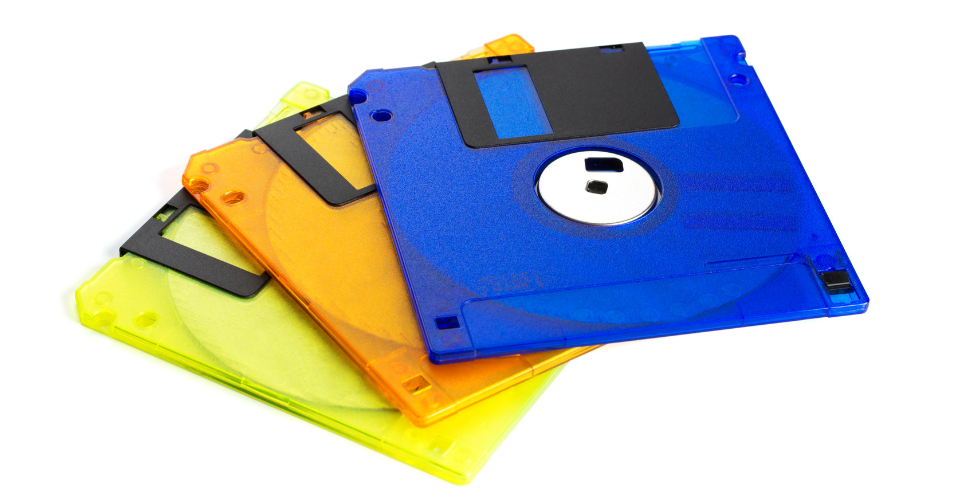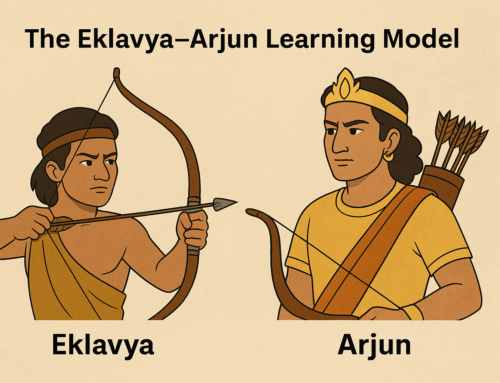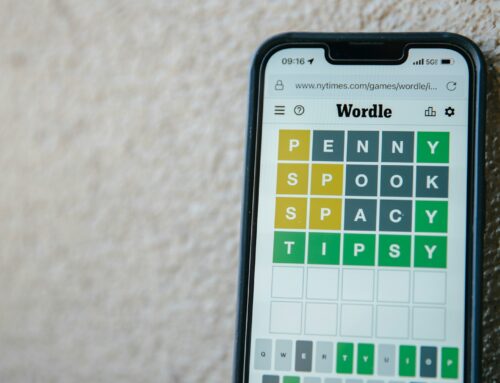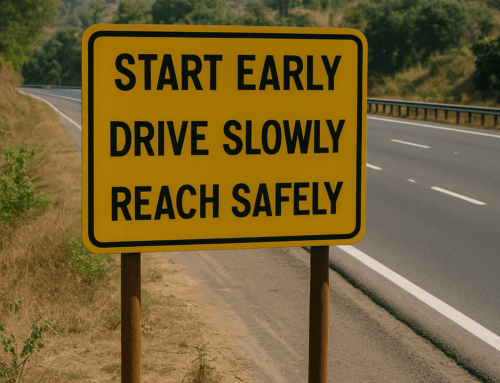A few years back and many years after the floppy disks became obsolete, I coined a phrase at my work – “preparing a boot floppy”! The team around me knew what I meant.
Some of you, especially those who do not have a bunch of grey hair, may not have experienced a boot floppy. So, let me help you. In their early days, personal computers did not have hard disks for data or even for the operating system. Users carried the floppy disks with the operating system and the data files, around. As soon as you load a floppy disk, the computer woke up with the operating system available on the floppy disk.
I used this metaphor for making regular notes about whatever knowledge we were gaining during a project. Such notes are very handy to me, especially whenever we have to resume a project after a break or start a similar project. I call those notes boot floppy as they allowed me to get into that state of mind when I had worked on that activity in past. These notes save time and are useful to either extend the project or give an informed opinion on similar ongoing projects. In short, they form your PKM (Personal Knowledge Management) system.
A PKM is a must for all the knowledge workers. As we switch from one work to another we tend to forget several vital details of the earlier work done. And when you must go back to the old project, you end up scratching your head and hunting for key information. A PKM would help you to do the required time travel and get productive in no time. Additionally it allows you to even contribute to Organization’s Knowledge Management (Organization Knowledge Management) system with the least effort, whenever needed.
I know what you are saying! “But, I hate writing documentation!”. Let me share the secret to overcome it. We hate documenting things primarily because we must stretch our memory to recollect every aspect of a project from the past. This is indeed hard because of our fragile working memory. So, the solution lies in doing this activity when it is fresh in your mind. You still need a trigger for writing the documentation on the go and your sent emails could do that trick.
I have seen this interesting phenomenon! People take extra care when they communicate over emails, especially when their clients, peers, and superiors are the recipients. The content is embellished with illustrations, examples, essential conditions, etc. People know that an email often turns into evidence in the future and so no one wants to be proven “wrong” later. I never see similar diligence when people write for the sake of documenting. But nothing is lost! We should leverage what we do best.
Such well-written emails are your voice. This valuable content should be not wasted for just one instance. One could often make a concept document, an analysis document, a design document, a checklist, a user guide, etc. out of such sent emails. Essentially, you will curate content from your own sent emails. But if you want to be successful with this idea you would need a ritual around it, in essence, as per the following:
1. Every day (mind it, every day) at the beginning of your day, scan through your previous day’s sent items and identify reusable content and copy and paste them into more durable documents.
2. On a particular day if you are hard-pressed for time or you have lots of emails to process, simply flag or label the items that you think are valuable for curating the content.
3. At the end of the week, scan through these flagged items and get the content out to the appropriate running documents. Once you copy the content, don’t forget to remove the flags.
4. You will need only an occasional review of each of these PKM documents to harmonize the content so that you have a proper narrative.
5. Your organization may ask you to make the very document. In such a case this document will move from your PKM to your organization’s OKM. You shouldn’t have two versions of the truth (Remember the DRY principle?)
6. Next time you need the reference material regarding a project, open the right PKM document instead of getting into the time-consuming and error-prone process of digging through your emails.
As you see, you are ticking so many right boxes with a simple ritual! You improve your productivity and the quality of your deliverables. You contribute to the Organization’s knowledge management with the least effort.
Subscribe to my newsletter, to get tips like this and more, directly in your inbox!
(Originally published in Times of India on July 03, 2022)






